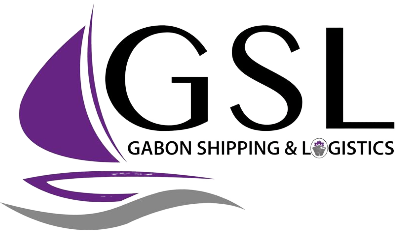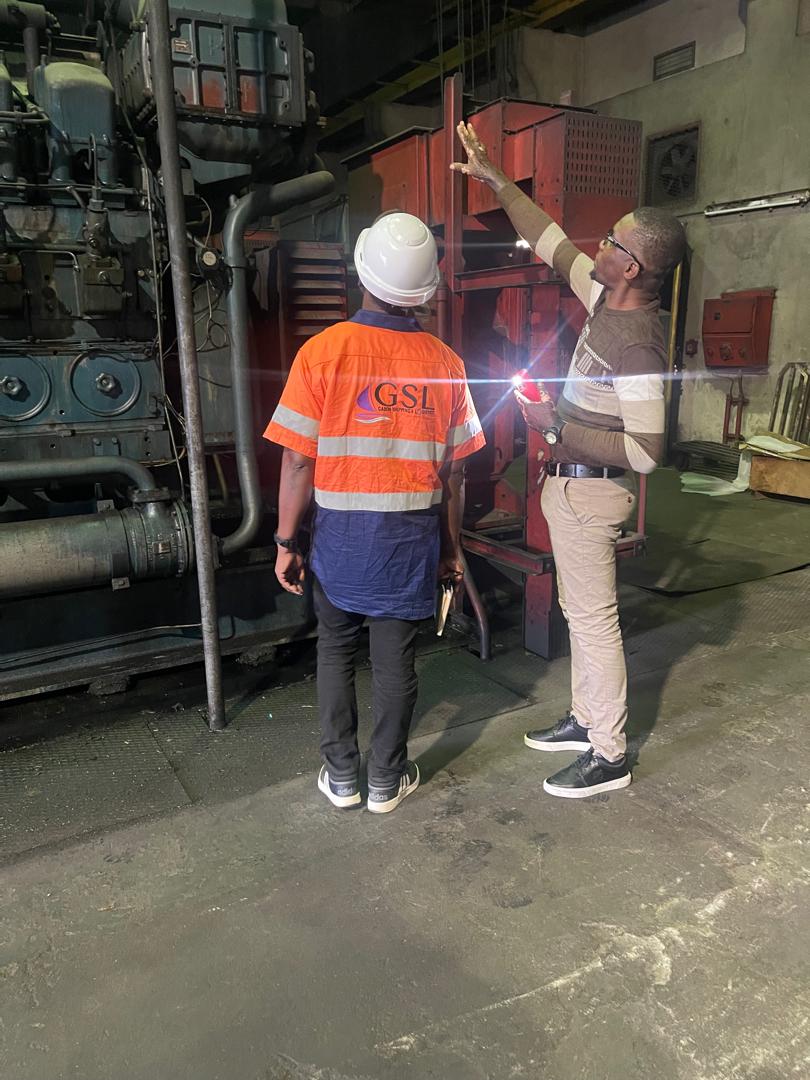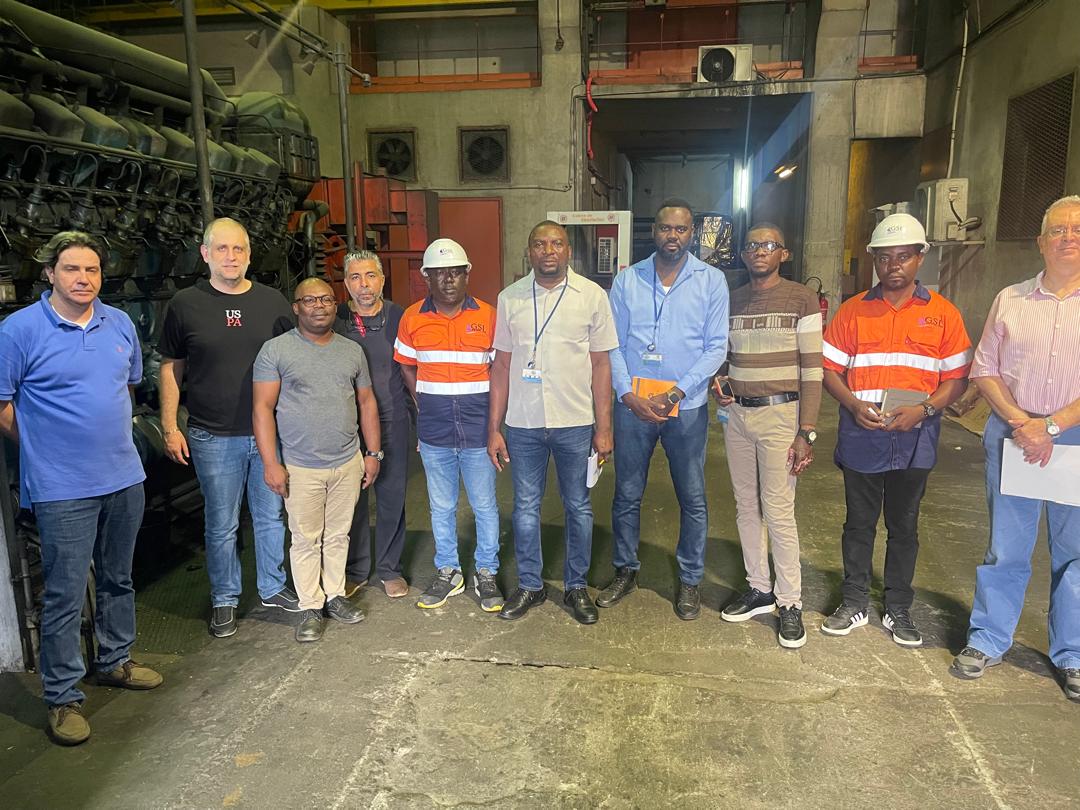#International trade trends
Rethinking traditional models
The circular economy revolutionizes the traditional approach to international trade by emphasizing reuse, regeneration and waste reduction. Import-export companies are embracing this transition by rethinking their production processes, promoting material recycling, and developing sustainability-focused partnerships to create a more responsible business ecosystem.
Innovation as a driver of the circular economy
Research and development are at the heart of this transformation. Technological advancements such as eco-friendly product design, waste management systems and eco-friendly logistics solutions are key to realizing this vision. Companies are investing heavily in innovation to create efficient and viable circular solutions.
Regulation: Accelerator of change
Environmental regulations and government initiatives are driving this transition to a circular economy. Tax incentives, stricter standards and pro-sustainability policies encourage companies to adopt more eco-responsible practices. These regulations create an environment conducive to innovation and the transformation of business models.
Consumer engagement: A decisive lever
Consumers play a major role in this development. Their growing demand for sustainable products and commitment to responsible brands are inspiring companies to rethink their business approach. Companies that integrate this sensitivity into their sales strategy benefit from greater loyalty and better brand image.
Collaboration and partnerships: Keys to success
In this transition to the circular economy, collaboration between actors in the commercial ecosystem is essential. Strategic partnerships, business alliances and cross-border collaborations are fundamental to creating significant impact and sustainably transforming the import-export landscape.
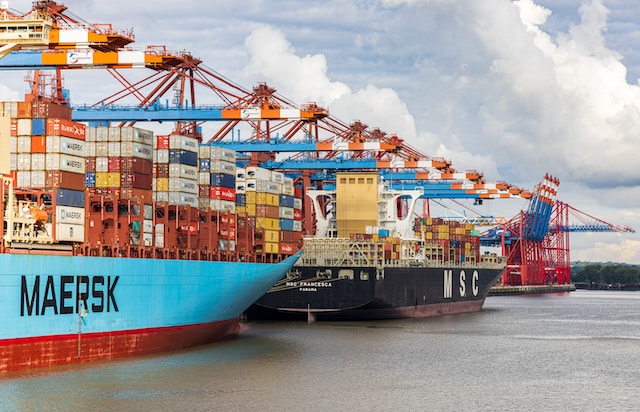
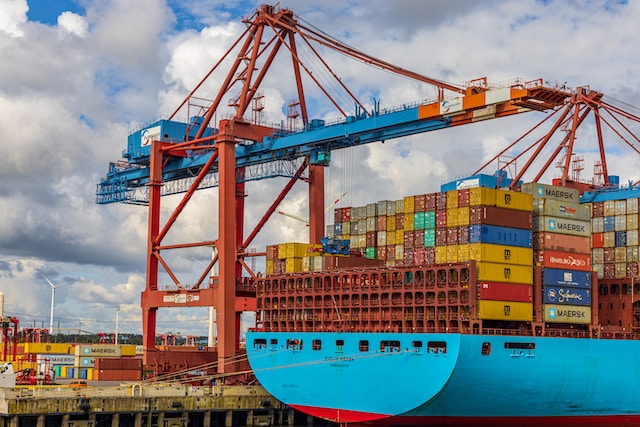

articles that may interest you
Discover other relevant articles that may deepen your understanding of the topic. Explore our selection to enrich your knowledge of international trade and stay at the forefront of market trends.
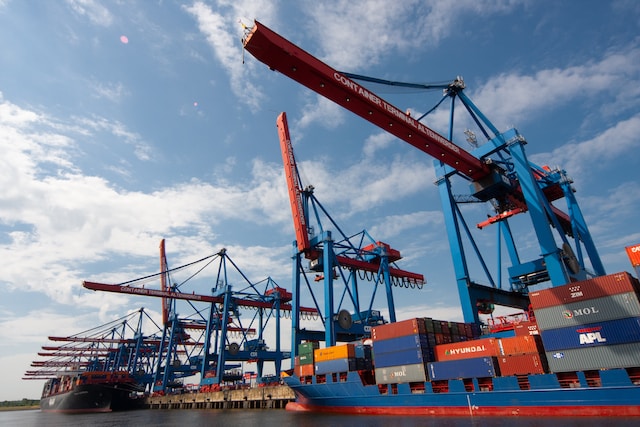
Artificial intelligence is revolutionizing international trade by automating tasks, improving forecast accuracy and...
Read more arrow_forward